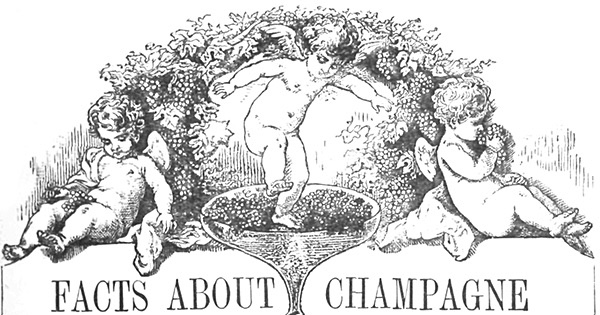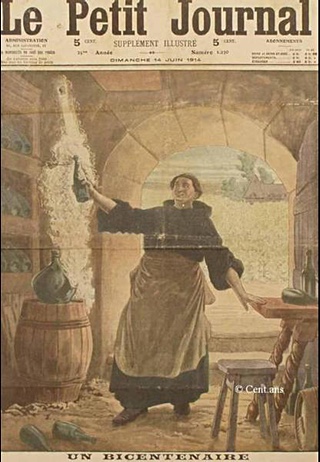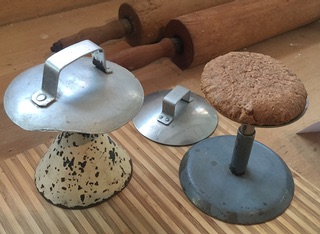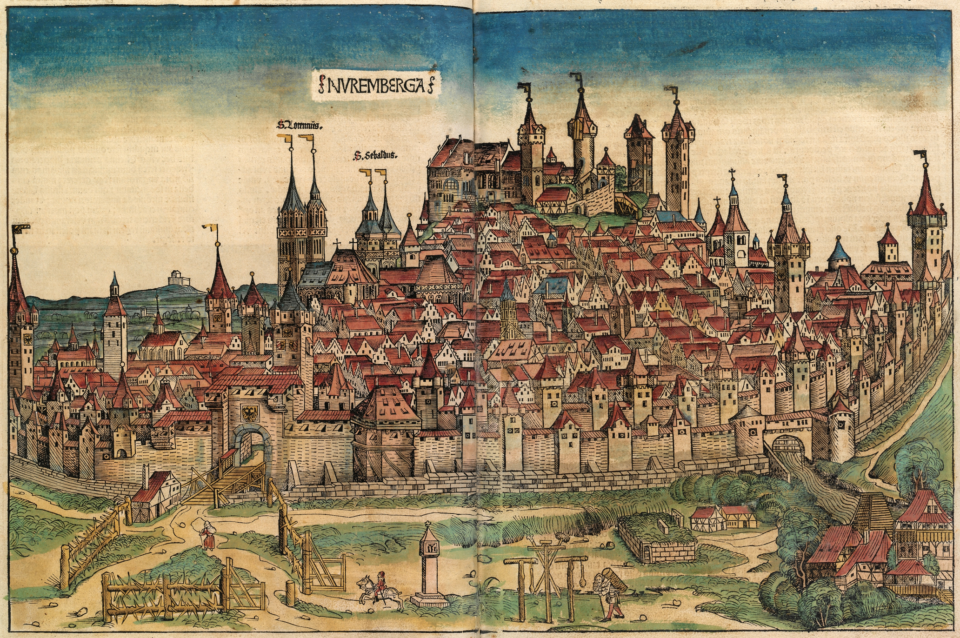
Podcast: Play in new window | Download (Duration: 17:05 — 13.8MB)
Subscribe: Google Podcasts | Spotify | Android | RSS | More

This is the second of two episodes in which Dr Graham Harding traces the rise and rise of Champagne. In Part One, how the secondary fermentation that gives champagne its sparkle went from being a bad fault to a sought-after feature, as the drink itself became drier and drier to accompany food.

Generically, champagne signalled status, and the market grew, but the Champagne houses did not advertise to gain market share. Instead, they developed the black arts of product placement and public relations, none more so than Madame Pommery’s director of business in London, Adolphe Hubinet. Where he led, others followed.


Finally, tip-toeing in champagne’s high-status footsteps came Babycham, prosecco and cava each with their own promise and allure. Graham Harding has views on them too.
Notes
- Ever wondered about the origins of the Champagne socialist? Jeremy Parzen tracked it down.
- Babycham rebooted, kinda sorta, plus the BBC takes a deeper dive into How Babycham changed British drinking habits.
- Spraying bubbly after a race? Blame Dan Gurney after his win in the 1967 Le Mans 24-hour.
- William Powell Frith’s The Derby Day (1856–8) courtesy of The Tate N00615 (Licenced CC-BY-NC-ND 3.0 (Unported), and taken from the Epsom and Ewell History Explorer, which has Jeroboams of additional information.



 Graham Harding studied history at university and then built the biggest independent branding and marketing consultancy in the UK. Having cashed out, he went back to school, to research a doctoral thesis on the rise of champagne in Victorian England. Very appropriately, because that rise seems to have been driven almost exclusively by branding and marketing. What was originally a fault – re-fermentation that exploded barrels and was a liability in the cellar – became a feature that encapsulated gaiety and joi de vivre. And that got you drunker, quicker. From the all-seeing Dom Pérignon to the young bucks of London’s high society, champagne’s true history is absolutely intoxicating.
Graham Harding studied history at university and then built the biggest independent branding and marketing consultancy in the UK. Having cashed out, he went back to school, to research a doctoral thesis on the rise of champagne in Victorian England. Very appropriately, because that rise seems to have been driven almost exclusively by branding and marketing. What was originally a fault – re-fermentation that exploded barrels and was a liability in the cellar – became a feature that encapsulated gaiety and joi de vivre. And that got you drunker, quicker. From the all-seeing Dom Pérignon to the young bucks of London’s high society, champagne’s true history is absolutely intoxicating.
 Nürnberg, or Nuremberg if you want to avoid umlauts, means different things to different people. Indeed it means different things to a single person: me. There’s all the nasty stuff, and then there are the artists, the composers and, first and foremost – the cookies. Lots of things call themselves lebkuchen, but the ones from Nuremberg are the only ones with a protected geographical indication. They are one of the high spots of German festive baking, but one that I have never attempted myself.
Nürnberg, or Nuremberg if you want to avoid umlauts, means different things to different people. Indeed it means different things to a single person: me. There’s all the nasty stuff, and then there are the artists, the composers and, first and foremost – the cookies. Lots of things call themselves lebkuchen, but the ones from Nuremberg are the only ones with a protected geographical indication. They are one of the high spots of German festive baking, but one that I have never attempted myself. 